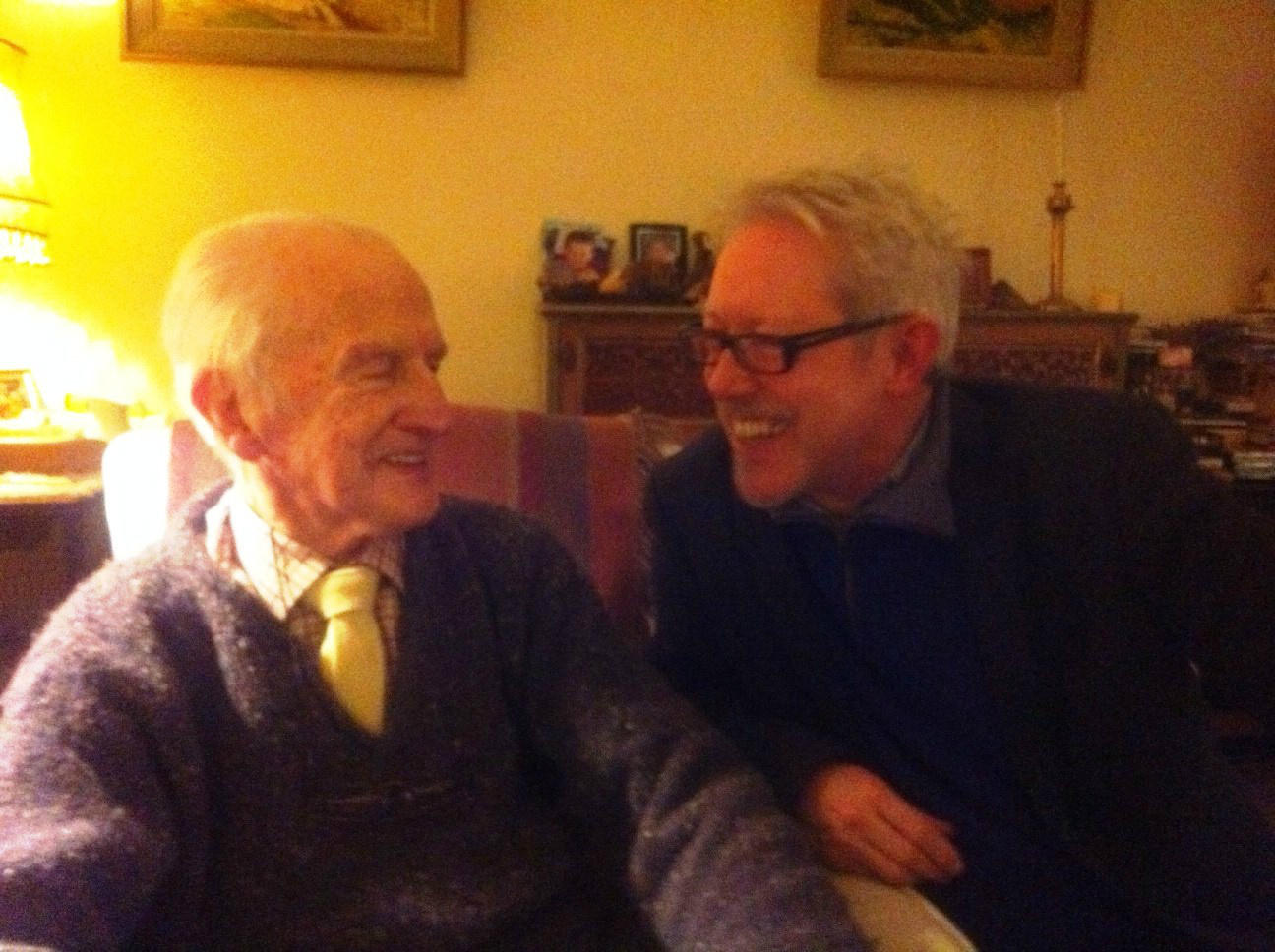February 2023, Maeve O' Neill
I was employed at the University of Galway in July 2022 to digitise sections of the archive of Conradh na Gaeilge. Prior to this I worked at the National Library of Ireland (NLI), where I was a digital photographer on the ‘Towards a Republic’ Collection.
In Galway I work with a range of equipment
to digitise the collection. The digital project digitises key documents from the
Conradh na Gaeilge campaigns since the 1960s. Themes covered include Irish
language television and radio services, the status of Irish as an official EU
language, Irish in the education system, language legislation, the Gaeltacht
Civil Rights Movement, local governance for the Gaeltacht and Irish speakers in
Northern Ireland. When available to a broader public through digitisation, the
archive will greatly enrich our understanding of the process of state formation
in Ireland and the continuing use of the Irish language throughout the 20th
Century.
Conradh was established in 1893 to preserve and revive the Irish language, which was near extinction and spoken by only approximately 3% of the Island’s population at the time. This collection encompasses material from its founding in 1893 through to 2018, when the collection was donated to the University of Galway. The Conradh archive is an exciting one, particularly to see the effect that local effort and grassroot activism can have in shaping a country, and seeing how numerous activist groups worked together to, for example, found alternative media outlets and independent schools - sometimes despite the best efforts of government.
In archivist Niamh Ní Charra’s words:
Technical Specifications
The majority of the material is digitised on a Plustek OpticBook A300 Plus Photo Scanner, with Irfan Software. The BookEye 5 was on hand for the oldest and most delicate publications. For the photographic and large format material, a Guardian ICAM Floor Standing Modular Copy Stand System is used with studio lighting and a PhaseOne XF 150MP Camera System, Mamiya lenses, and Capture One Pro Software. Each image capture device is set to 600dpi and saved as a 24-bit colour TIFF. File sizes vary based on the size of material, but average at approximately 70MB. Over 44,000 images have been digitised to date. With almost eight months completed of an overall project time of approximately ten months, the digitisation of this part of the archive is 80% complete.
The most delicate material for digitisation
are the Oireachtas and Ard Fheis booklets from the late 1800s and up to the
1910s, when the books became more robust. These older documents require careful
handling and were digitised slowly to preserve the stability of the book spines
and avoid paper tearing. Many, many rusted metal staples had to be painstakingly
removed before the pages could be laid on the scanner surface or copystand
base.
Material
The material selected for digitisation covers the Oireachtas and Ard Fheis publications, as well as sections from series on Media, Northern Ireland, Campaigns, Education, Comhaltas Uladh, Political Parties, and Language Organisations. Over the decades, Conradh has seen multiple governments come and go, and much correspondence with government officials has been digitised. Most series contain internal reports, press releases, correspondence, minutes, newspaper cuttings, brochures and informal notes, appearing in Irish and English. There is also a range of material from other countries with minority or suppressed languages, including Scots Gaelic, Welsh, and Limburgish.
The physical collection can be accessed by those interested in the Special Collections Reading Room by prior request, and in future the digitised material will be accessible online.
Digital project team
Digitisation: Maeve O Neill
Digital archivists: Catriona Cannon and Aisling Keane
Archivist: Niamh Ní Charra
Project manager: Cillian Joy
Project sponsor: John Walsh
Author
This blog was written by Maeve O Neill,
digitisation professional for the Conradh na Gaeilge archive at the University
of Galway.
More information
Conradh na Gaeilge archive listing
A more detailed breakdown of the archive series can be accessed here which forms part of the online digital exhibition.
Blogs relating to the work of archivist Niamh Ní Charra in processing this archive can be accessed here:
Blog 1 Conradh na Gaeilge archive - First step
Blog 2 Appraising the Archive
Blog 3 Conradh na Gaeilge Phase Two
Blog 4 Conradh na Gaeilge Digitial Exhibition
Blog 5 Conradh na Gaeilge Archive catalogued




































